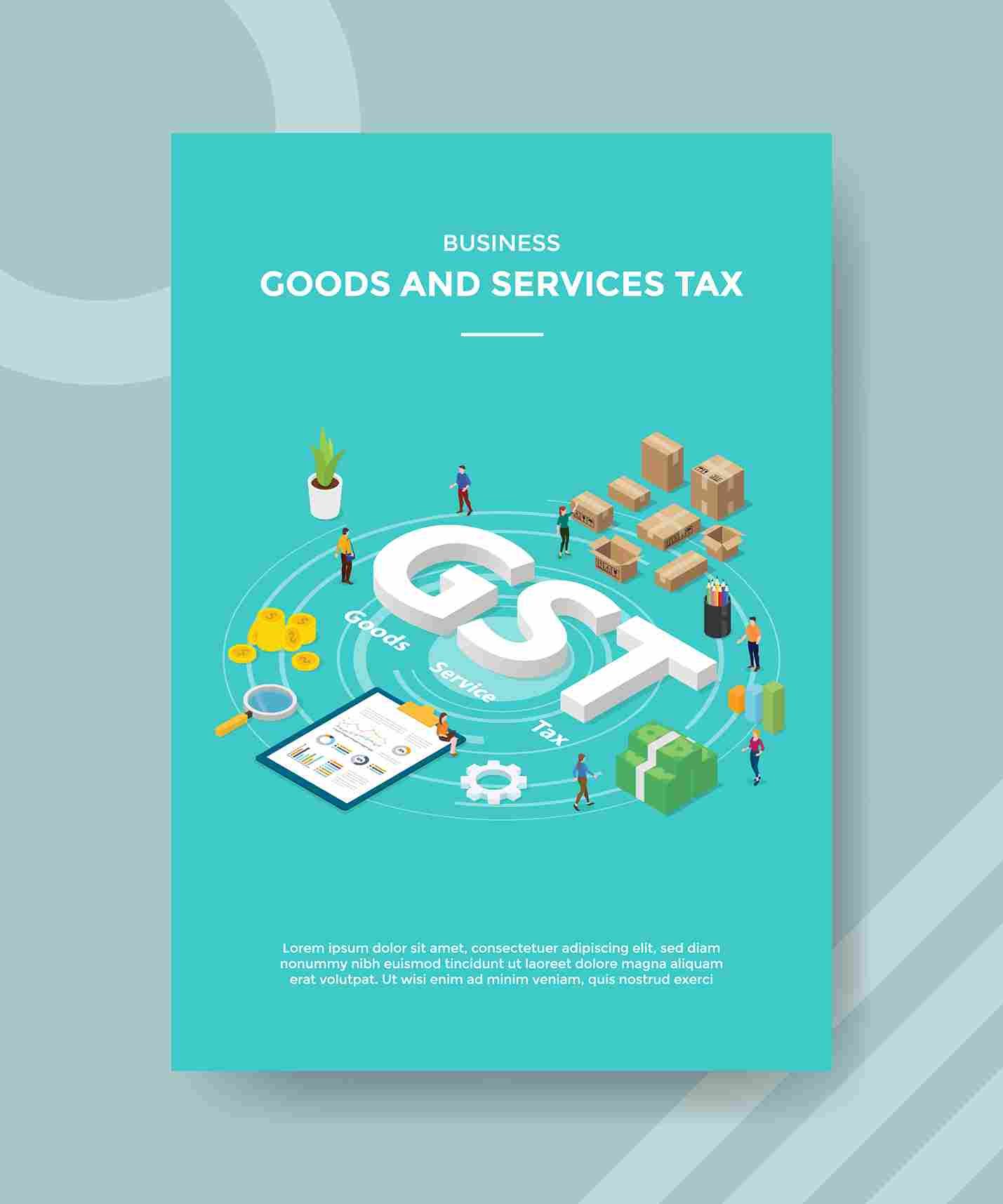
If you are running a business or planning to start one, you may have this question in mind: how much GST tax in India do you need to pay in 2025? The Goods and Services Tax, also called GST, is one of the biggest tax reforms in India. It affects almost every product and service you use daily. In this guide, I will explain the current GST rate in India, the GST rate structure, and how many GST rates in India are active today. By the end, you will clearly understand GST and how it applies to your business.
For step-by-step help, you can also visit our Home Page, explore our GST Registration guide, or reach us through the Contact Us page.
GST stands for Goods and Services Tax. It is a single tax that replaced many indirect taxes like VAT, service tax, excise duty, and more. Instead of paying multiple taxes, now you pay just one.
You may wonder, who introduced GST in India? GST was first launched on 1 July 2017. It was brought in as part of the tax reform in India to make the system simple, transparent, and fair. The goal was to create one unified market where businesses and consumers deal with the same set of tax rules.
You may be asking: how many GST rates in India exist today? As of 2025, there are four main slabs in the GST rate structure. These are:
Some essential items are taxed at 0 percent, which means no GST is charged on them. This includes basic food items, fresh fruits, and vegetables. Luxury goods and items like tobacco, cars, and aerated drinks attract the highest slab of 28 percent.
The current GST rate in India depends on the type of product or service. Here are some common examples to help you understand better:
So, when you ask what is GST rates in India today, the answer is that it varies. Each item or service falls under a different slab.
The GST rate structure is designed to divide goods and services into categories. This way, the government can charge less tax on daily essentials and more tax on luxury products.
You will also see GST split into CGST, SGST, and IGST. Here is how it works:
This structure ensures that both central and state governments get their fair share of tax revenue.
You may be happy to know that there have been cases of GST rate reduction in India. For example, earlier some consumer goods were charged at higher rates but were later reduced to make them affordable.
The government reviews GST rates from time to time. In 2025, small businesses and consumers expect further rationalization. That means rates may come down on some items to ease the burden on the public.
You may ask why it is important for you to know how much GST tax in India applies to your products or services. Here are a few reasons:
If you are starting a new business, you should first complete your GST Registration to stay compliant.
GST has simplified the tax system. You no longer need to deal with multiple taxes in different states. Instead, you just follow one rule. Some benefits include:
For consumers, GST has reduced the hidden taxes that were earlier included in the price. Now you can see exactly how much GST you are paying.
Although GST has made the tax system simple, it has also brought challenges. Some small businesses find it difficult to file returns every month. Others face confusion in choosing the correct tax slab.
The government is working on simplifying processes even further. You may expect easier filing methods and fewer compliance burdens in the coming years.
So, if you want a clear answer to how much GST tax in India in 2025, it depends on what you are buying or selling. Essentials have zero tax, while luxury goods may go up to 28 percent. Most services and goods are in the 18 percent slab.
The GST current rate in India will continue to evolve as the government makes new updates. As a business owner, keeping track of changes is very important.
By now, you have a clear answer to how much GST tax in India. The GST rate depends on what you buy or sell, but the system is easier than older taxes. If you are running a business, knowing GST slabs and registering on time is very important. For detailed help, you can always explore our Home Page , learn more about GST Registration , or get in touch through Contact Us . This simple guide helps you stay updated with the current GST rate in India and ensures you never feel lost when checking your bills or tax returns.
Most daily essentials like fresh fruits and vegetables are under 0 percent. Packaged foods may carry 5 or 12 percent GST.
Most services are under the 18 percent GST slab. This includes restaurants, telecom, and professional services.
Yes, GST on some electronics and home appliances has been reduced. However, no major changes have been made in 2025 yet.
Currently, there are four slabs – 5 percent, 12 percent, 18 percent, and 28 percent. There is also a 0 percent rate for some items.
GST was introduced in India by the Government on 1st July 2017 as part of the biggest tax reform in India.